“I am excited, but tentative about presenting this. I’m excited because I really like doing readings with playing cards, they are one the very first things I learned to read, and because I really like the routines that I’ve written up.
I’m tentative because I’m not entirely sure how they will be received. Everything here is simple and I’m sure that others are doing similar things. For those who are not doing similar things, I am afraid that the simplicity of the reading system and the mentalism routines will cause them to be overlooked. On the other hand, maybe it’s better if they are.”
I have to admit that I’m a bit conflicted about C. Dayton’s last remark. Let me explain…
On the one hand, the wide-spread acceptance by many mentalists of the conventional “No Playing Cards in Mentalism Rule” means that those who ignore it (and know how to effectively present convincing card routines) are among a select few — which sets them apart from the rest of the pack. From this standpoint, the fewer performers who buy C. Dayton’s book, the better.
On the other hand, the information in this book will undoubtedly improve just about any performer’s presentations of readings and mentalism, and that, in turn, benefits everyone — performers and their audiences.
As C. Dayton explains, one of the strongest arguments for the use of playing cards in mentalism is their being readily available. Presented with the frightening “Airline Lost My Luggage” scenario, having a deck of cards in your pocket means that you can easily perform a 20+ minute show for any size group, and then present readings afterwards. With that idea in mind, C. Dayton includes a number of routines, including a walk-around presentation, a card reading act, and his version of Any Card At Any Number.
In addition to the mentalism routines, C. Dayton shares his playing card reading system, which is based on a simple and easy-to-learn interpretation of the suits and values of the deck. Based on years of experience, his approach is extremely practical and flexible, and the four spreads he describes in detail are perfect for just about any reading situation you may find yourself in. I especially like his direct methods of answering Yes/No questions and timing predictions.
The 43-page e-book includes…
- Why Cards?
- Tex Ritter’s Deck of Cards
- An easy-to-learn card reading system
- C. Dayton’s Favorite Spreads
- How to put it all together
- How to answer Yes/No questions
- How to time predictions
- C. Dayton’s “Three Secrets for Readings”
- A Walk-Around Card Reading Routine
- A Complete Card Reading Act
- Two essential — but easy — sleights
- Bonus routine: A.C.A.A.N.R.W.A.L.A
Ultimately, of course, the use of playing cards in your presentations is a personal decision based on your own vision of mentalism and your performing persona. If, however, you’re interested in how to get the maximum impact out of playing cards in your performances, I suspect you will appreciate C. Dayton’s approach. And, if you are familiar with his earlier works (Roses on a Stage and Yes/No+), I think you’ll especially like his thinking on the use of playing cards as an oracle.


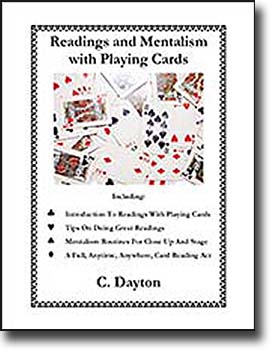
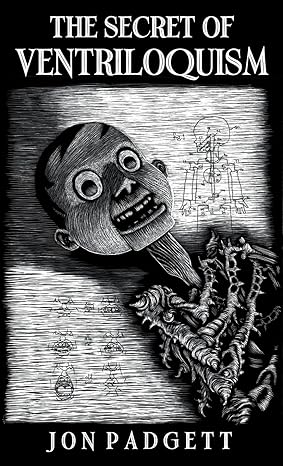
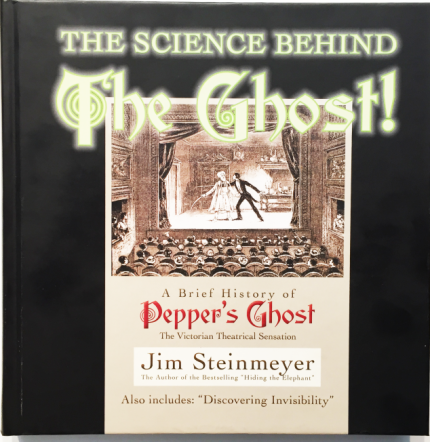


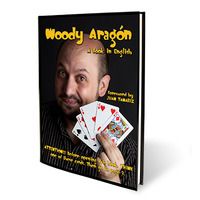
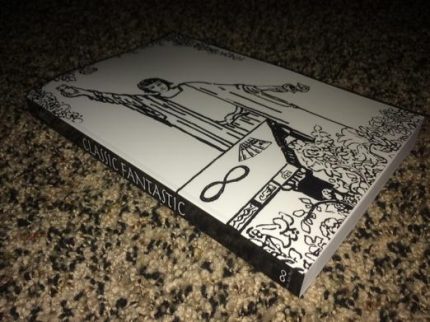

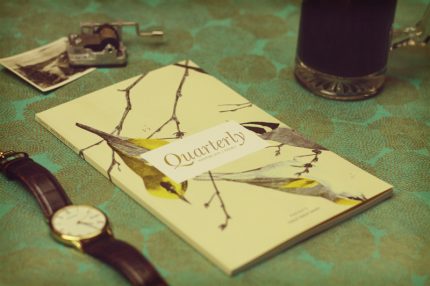
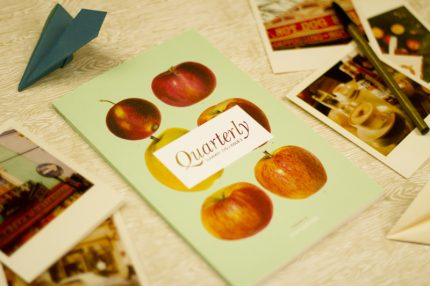

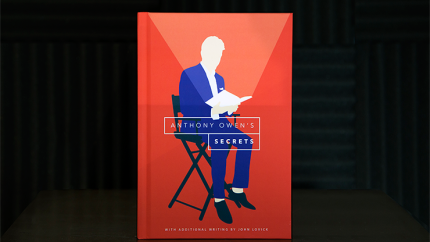
Reviews
There are no reviews yet.